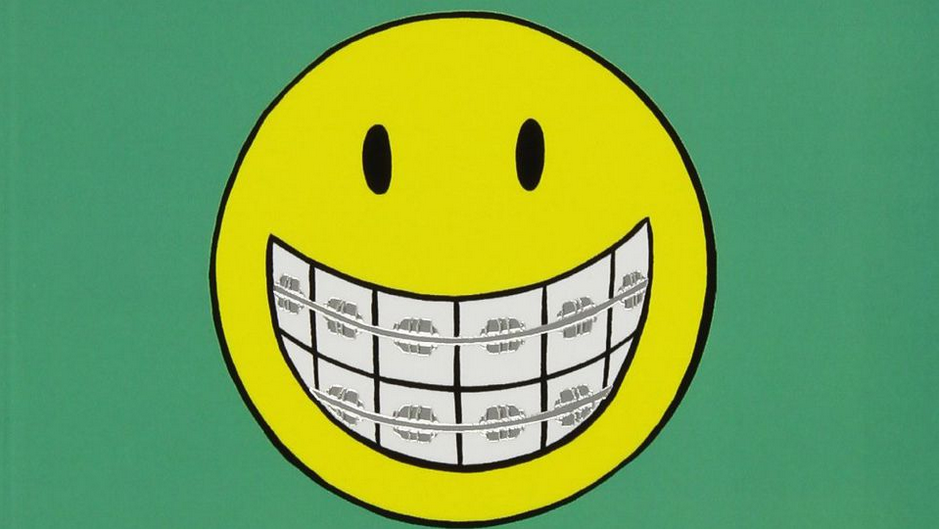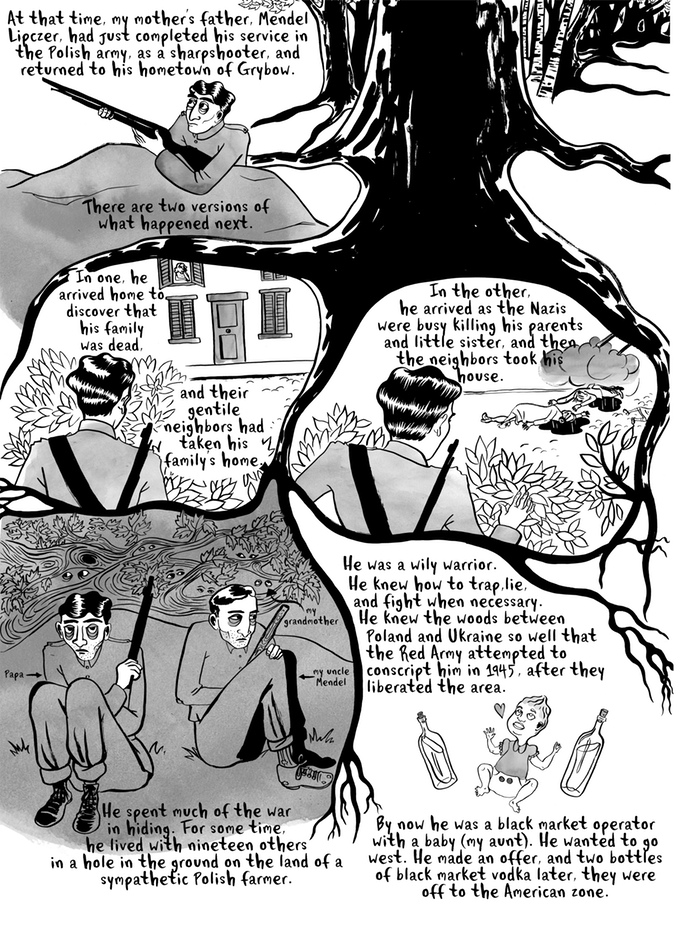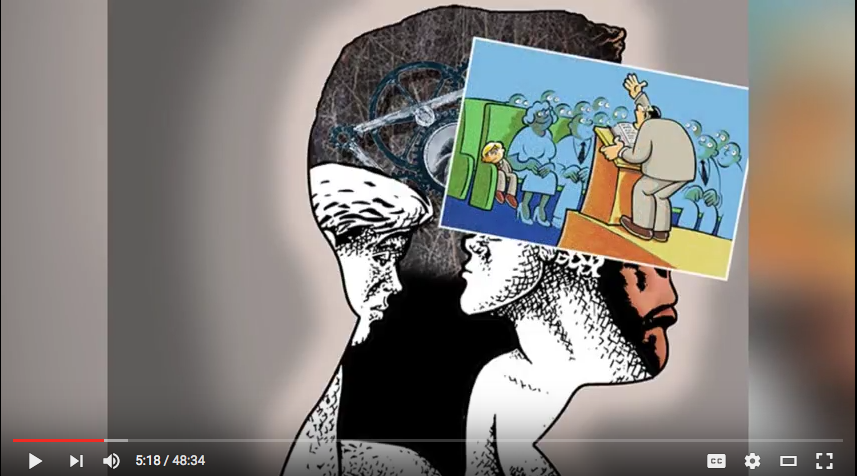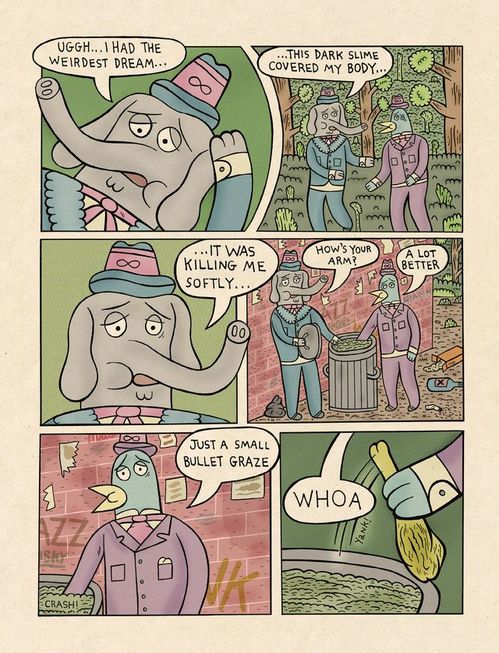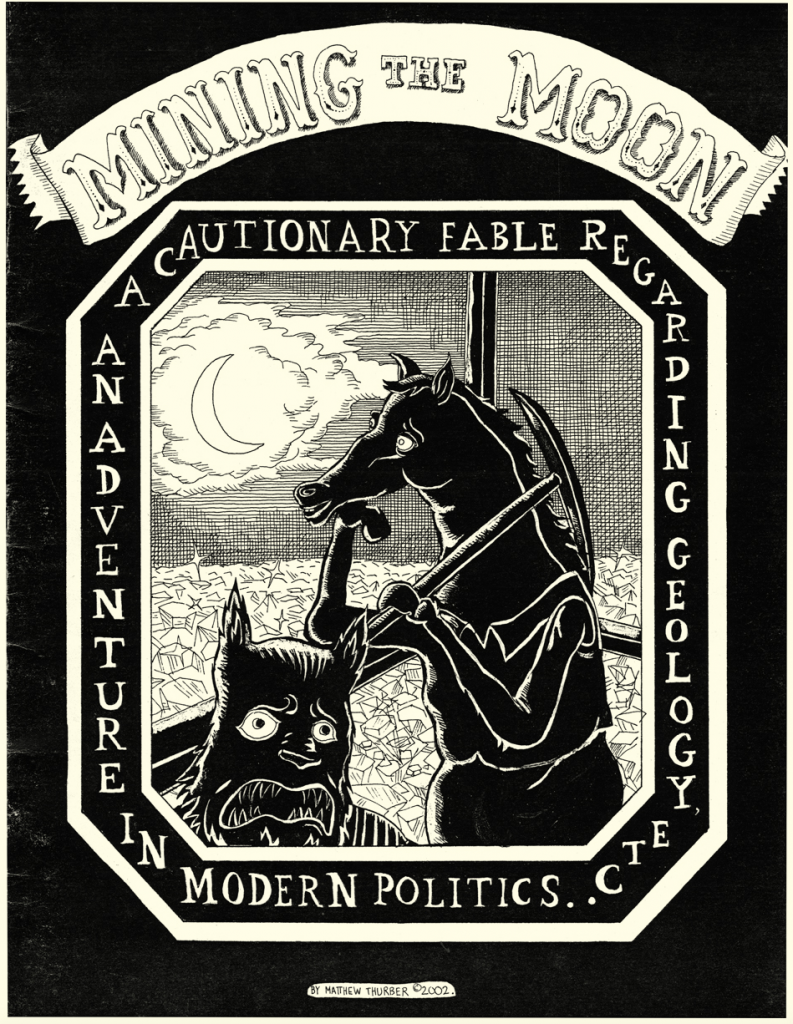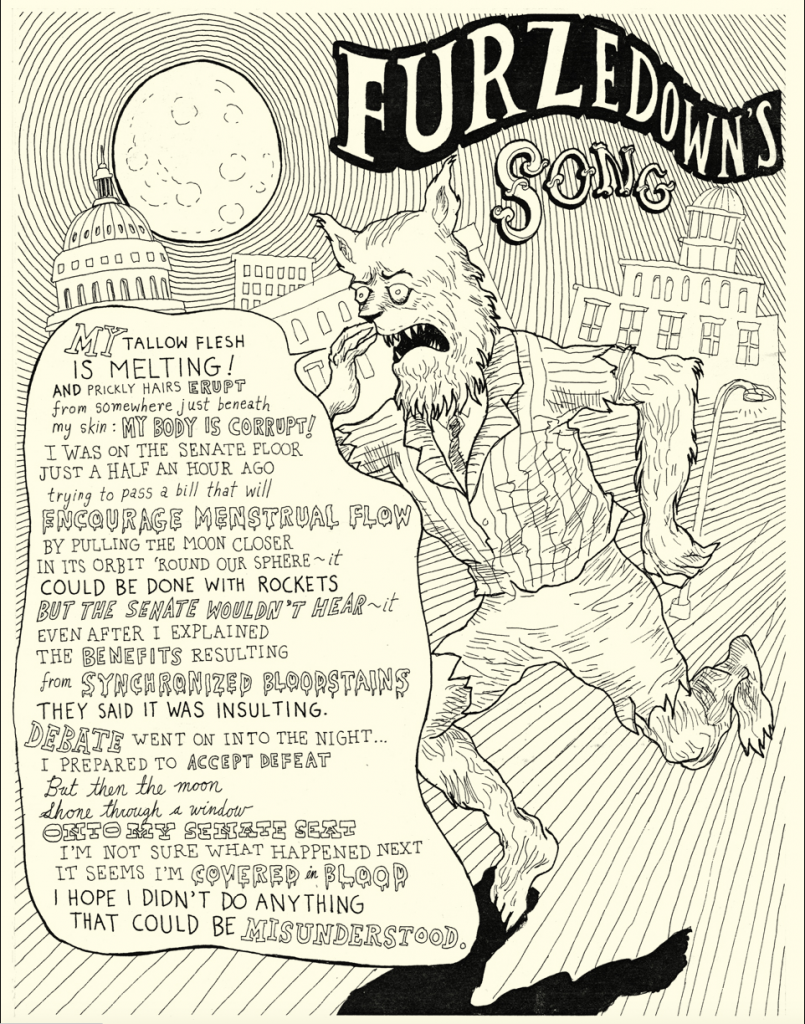
Sally here – I’m in Honduras looking for Blue-crowned Motmots, Montezuma Oropendolas, and Lovely Cotingas (birds!)…as well as Honduran comics, so I’m handing the mic over to Aaron this week. Back with you next Friday! Take it away, Aaron.
—————————————————————————————————
Thanks, Sally, looks like you’re having a nice trip! Today in the news we have Robert Kirby in conversation with MariNaomi; Smile Revisited; WE ALL WISH FOR DEADLY FORCE; Howard Cruse; mini-architecture; Austin English on the Risograph; PERSPECTIVE!; Secretimes; Drawing as Language Interviews; Mining the Moon
—————————————————————————————————
“I Want Everything to Mean Something”: A Conversation with MariNaomi
I’m always categorizing cartoonists: there’s this pure storytelling school that I would put you in, alongside John Porcellino, Kelly Froh, people like that. It’s this type of storytelling where the fat is boiled down to a lean, spare-looking narrative. What’s called “deceptively simple.”
I feel like that describes my process, both with writing and drawing: I’m basically editing the whole time. But I don’t want to be spare just to be spare (or busy just to be busy). I want everything to mean something.
To meet the emotion of the scene or the moment?
Exactly. Once I was mentoring a student, who had this wonderful, personal story she wanted to tell about her family. It was a quiet piece, and that’s how she was approaching it. But some of her peers, her fellow students, were trying to convince her to draw all these very dramatic panels for it, which was causing her a lot of anxiety, because she didn’t think she could pull that off. And the thing is, what they were suggesting was completely wrong for this particular story! I think when you’re just starting out you might feel like “I need X, Y, & Z to tell a story,” but that’s not how it works! There’s no template. Every story has its specific needs. That’s what I learned from doing all those comics for The Rumpus, which became my book Dragon’s Breath. I learned as I went how to make each individual piece be what it wanted to be.
—via Robert Kirby at TCJ
—————————————————————————————————
Raina Telgemeier’s Smile signaled a sea change in comics still felt today
At a glance, this feels like a pretty big deal for Telgemeier but not necessarily all that important to anyone else—just a personal success worth celebrating. But Smile has inarguably changed the way many people look at comics, and the way the industry itself approaches audiences. It’s not that there was no one else writing graphic novels for young women when Smile came onto the scene in 2010, but Telgemeier’s incredible success legitimizes comics as suitable for YA literature and YA literature as suitable for comics, at least to people who were paying attention to the number of copies sold.
—————————————————————————————————
See trauma become art with hints of dark humor in ‘We All Wish for Deadly Force’
To say that Leela Corman puts much of herself into her art is an understatement. Most of her collected work here covers her own history, traumas, perspectives, feelings, and even humor. As she herself admits, her sense of humor is quite dark and she proudly wears her Jewish and Brooklyn heritage on her sleeve as inspiration for her work. Through her short stories, readers not only learn a lot about their creator, but also learn a lot about how trauma is experienced as well as genuine issues involving women in Egypt as well as those suffering from loss. Her style is simple yet effective, with plenty of detail in clothing, furniture, and backgrounds with plenty of realistic illustrations of people (especially herself). Her sense of color to establish mood is exceptional and evident in much of her work here. The entire graphic novel gives the reader many things to reflect upon afterward and sticks with one long after it has been put down.
—————————————————————————————————
International Comic Arts Forum 2016 Artists Talk: Howard Cruse
Artist Howard Cruse‘s presentation at the International Comic Arts Forum at University of South Carolina on April 15, 2016. Cruse is the Eisner and Harvey award-winning creator of Stuck Rubber Baby, a founding editor of Gay Comix, and creator of Barefootz and the Wendel comics series.
—————————————————————————————————
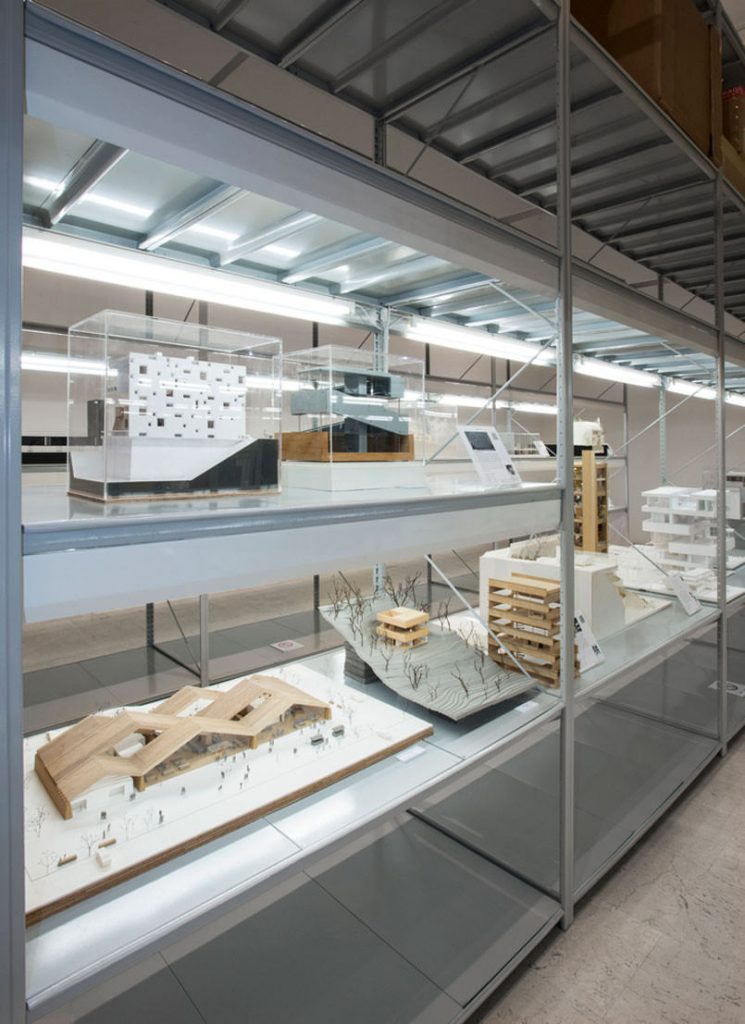
Japan opens its first museum for miniature architecture models
—————————————————————————————————

New risograph zine by Austin English
—————————————————————————————————
10 typical perspective errors
—via electricalice
—————————————————————————————————
Keith Jones’ Secretimes is a Pleasant, Joycean Class War
Somehow, it’s not depressing, even with the rich murdering the poor for sport, probably because of the fun Jones seems to have drawing the thing. Nothing seems to mean much, but that keeps the stakes low, and the artist’s habit of filling every bit of space with some doodad or other is pleasant without becoming overcrowded. The result is like James Joyce’s riffs slowed down to a more manageable pace—a gifted brain unwinding for pleasure by extemporizing.
—————————————————————————————————
Drawing as Language Video-Interviews with Cartoonists
To commemorate the 25th anniversary of the international Comix-Festival, Fumetto, we will be showing interviews with cartoonists who coined our contemporary drawing culture. They speak of their drawing experiences and on topics such as «drawing as a language» and «visual narration».
—————————————————————————————————
Matthew Thurber’s Mining the Moon
Essential 4th of July reading/viewing/listening.
—————————————————————————————————

